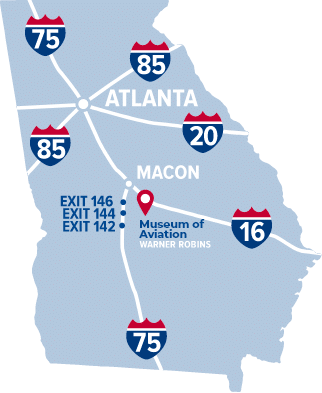The primary mission of the F-102 was to intercept and destroy enemy aircraft. It was the world’s first supersonic all-weather jet interceptor and the USAF’s first operational delta-wing aircraft. The F-102 made its initial flight on 24 October 1953 and became operational with the Air Defense Command (ADC) in 1956. At the peak of deployment in the late 1950s, F-102s equipped more than 25 ADC squadrons. Convair built 1,101 F-102s, 975 of which were F-102As. The USAF also bought 111 TF-102s as combat trainers as side-by-side seating.
In a wartime situation, after electronic equipment on board the F-102 had located the enemy aircraft, the F-102’s radar would guide it to a position of attack. At the proper moment, the electronic fire control system would automatically fire the F-102’s air-to-air rockets and missiles. The Warner Robins Air Logistics Center had logistics responsibility for the avionics, fire control systems, countermeasures, and air-launched missiles used on the F-102.
The F-102 on display, serial number 56-1151, was delivered to the USAF on 31 May 1957. It was originally assigned to the 48th Fighter Interceptor Squadron (FIS) at Langley AFB, Virginia. In March 1958 it was transferred to the 95th FIS at Andrews AFB, Maryland. It next went to Tyndall AFB, Florida, where it was assigned to the 4756th Air Defense Group. In 1970, 56-1151 was redesignated GF-102 and became an instructional airframe. Two years later, it was placed on static display at Lackland AFB, Texas, where it remained until it was moved to the Museum of Aviation in 2009.











